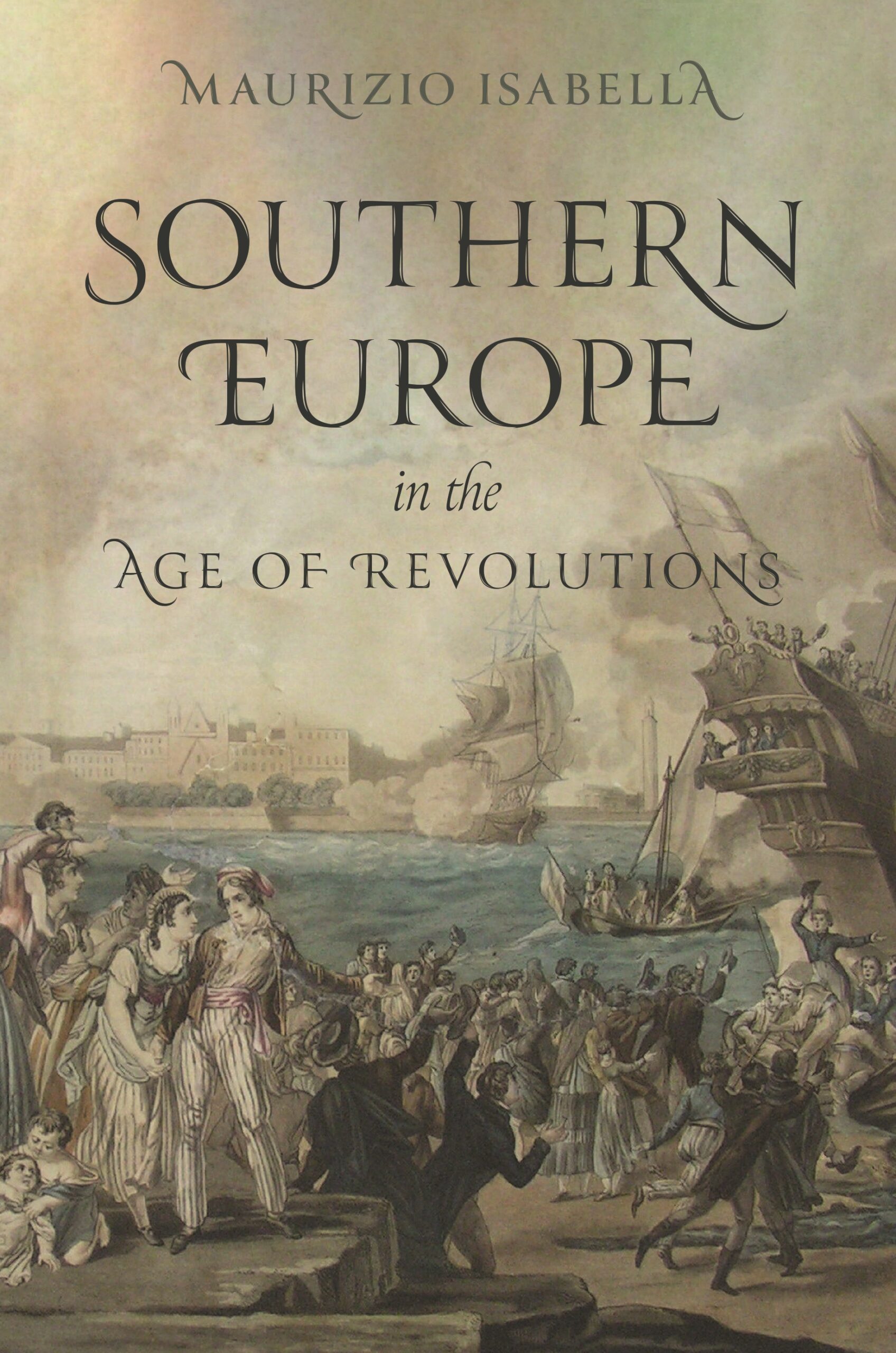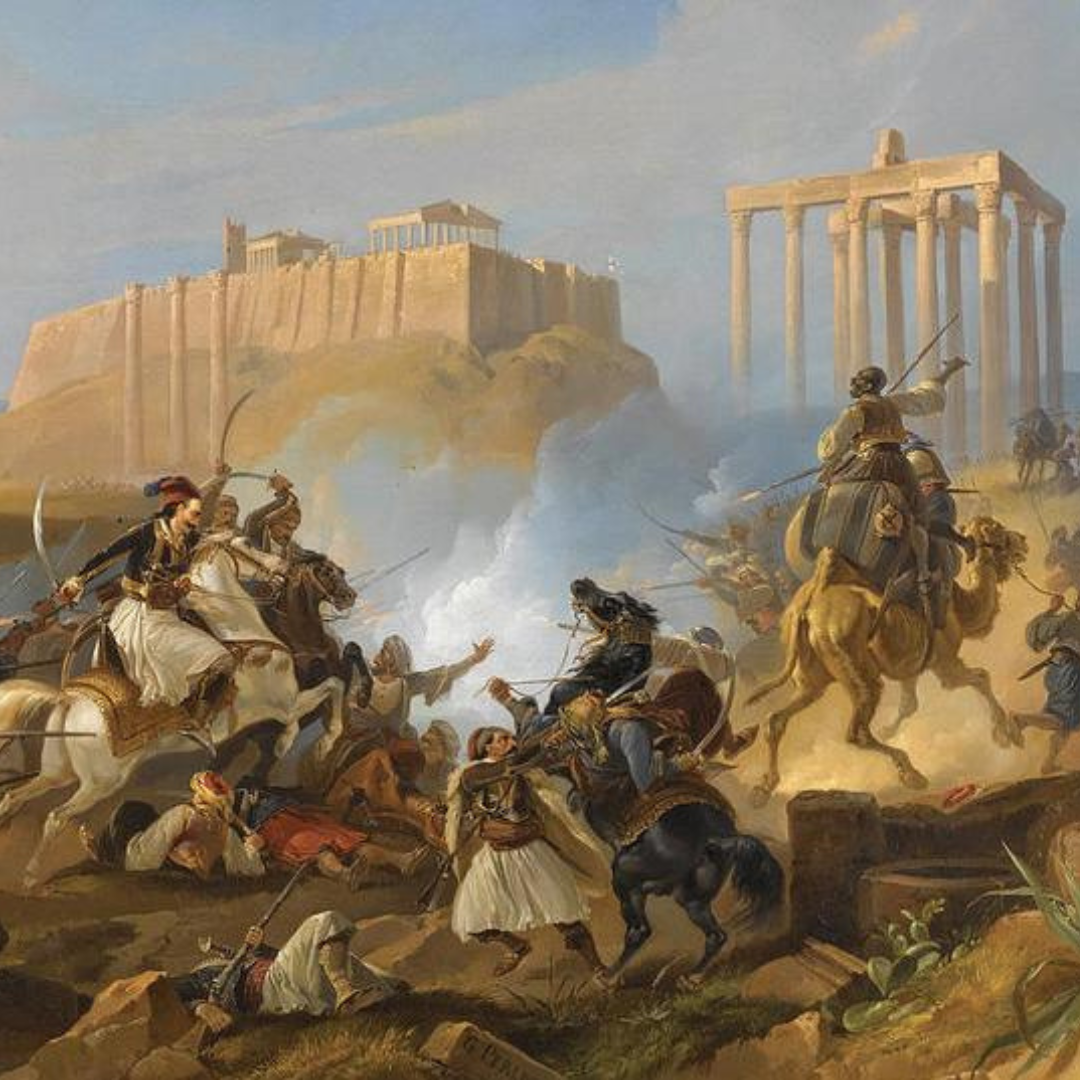The Mediterranean in the Age of Revolutions

Published by: Princeton University Press

It is an irony that the history of revolutions and constitutions is at the same time both a mythicized and a banalized tale. School students all over the world are confronted with shopworn legends of heroic patriotism and foundational documents. These tales often assume the form of a ritualist mantra that is repeated in a static rhythm to inculcate a feeling of importance in its recipients. The consequences are not always positive. Students yawn when learning – again – about the history of their country’s constitution and simultaneously stop questioning the surrounding myths. The hereto-connected history of the Age of Revolutions, as fascinating as it is, degenerates into trivialized common knowledge, taken as given and recited like prayer during mass. Lately, popular historians, such as the media figure Alessandro Barbero, have deplored this hackneyed retelling of the early nineteenth century. Maurizio Isabella’s book Southern Europe in the Age of Revolutions can be seen as an antidote to this predicament.
In Isabella’s portrayal, revolutions are not mere dates on a timeline and constitutions not bland pieces of paper but drastic experiences in the public sphere.
The monograph tells the story of popular upheavals in the Mediterranean between the Napoleonic Era and the 1860s. While many traditional narratives underline the importance of the French and American revolutions, Isabella focuses on Southern Europe. The historian explains the complexity and pertinence of the political shifts in this region. He impressively describes the actions of generals and secret societies but also of radical priests, idealistic bureaucrats as well as professional revolutionaries. Other groups, such as mercenaries, artisans, artists, and bandits are also included. Equally, the perspective of aristocrats and monarchs, themselves oscillating between revolutionary fervor and attempts to conserve absolutism, is extensively documented. In his publication, Isabella describes the worldview of both supporters and critics of the revolutions. Through the narrative of the book, it becomes clear that their standpoints changed according to specific political contexts. Isabella’s book gives an insightful impression of popular unrest and its negotiation in the political discourse of the nineteenth-century Mediterranean.
The author successfully attempts to uncover the voice of people usually excluded from the story of Great Events, beforehand often understood as the common populace. In Isabella’s portrayal, revolutions are not mere dates on a timeline and constitutions not bland pieces of paper but drastic experiences in the public sphere. The author narrates how contemporaries celebrated, fought, and suffered. He stresses how their affiliation to the revolution was not only of a political but also of a personal nature. His description illustrates how the Age of Revolutions changed the broader political landscape but also the singular lives of millions of people. It demonstrates to the reader of the twenty-first century how pertinent and exciting these changes were.
Before Isabella’s publication, many depictions of the individual revolutions, be it in Portugal, Spain, Italy, or Greece, were available. Not seldom, these works maintained a sometimes openly, sometimes more implicitly nationalist narrative. Regional focus limited the view of numerous historiographies. The value of Southern Europe in the Age of Revolutions lies in the act of comparison. By juxtaposing the various events in their specific contexts, Isabella is able to show similarities, differences, and connections. This approach helps, on the one hand, to gain a more distanced and non-biased perspective, while on the other, it enables both author and reader to discover the – in hindsight – obvious links between the individual revolutions. It uncovers the circulation of documents, ideas, and actors and hence, also a relationship of causation.
Isabella’s book constitutes a long-needed correction of a previous bias that exaggerated American, British, and French specialness in the nineteenth century.
The alignment of the book debunks certain myths. In the popular reimagination of revolutions, clear-cut factions with monarchists on one side and radicals on the other confronted each other. Isabella demonstrates how the lines between parties were more porous. Most revolutionaries saw themselves as loyal subjects of a king, while many aristocrats sympathized with their cause. Moreover, throughout the narrative, it becomes clear that popular upheavals were a political tool used not merely by radicals or moderate liberals but also by reactionary forces. Secondly, Isabella emphasizes that revolutions must be understood as transnational movements instead of a story limited by retrospectively implemented regional borders. Third, the author unravels the economic origins of the political conflict. Most actors pertained to a certain faction because of personal penury and in the pursuit of a better life. Be it the landless farmer or the suddenly unemployed post-Napoleonic soldier, revolutionaries sought the alleviation of poverty. Fourth, Isabella’s depiction includes rural scenarios, foregoing a usually urban focus. Fifth, he observes that the political regime changes of the 1820s did not necessarily constitute ruptures in all aspects. A doctrine of statal centralization and certain imperial or economic strategies of the former absolutist establishment were continued by the new constitutional governments. Lastly and most importantly, Isabella highlights the thoroughly religious connotation of all public actions at the beginning of the nineteenth century, which has often been undermined by secularist historiography.
Southern Europe in the Age of Revolutions is part of a broader trend in current historiography that unearths the involvement of Mediterranean actors in global developments, be it trade, imperialism, or revolutions. However, far from being a mere contribution to an academic fad or a narrative influenced by current politics, Isabella’s book constitutes a long-needed correction of a previous bias that exaggerated American, British, and French specialness in the nineteenth century. To further follow this path, future research could include more broadly the Mediterranean’s eastern and southern shores and, possibly, an examination of how Southern thought inspired political movements in Europe’s constructed North itself. Isabella’s monograph is a groundbreaking contribution to Mediterranean history. It has provided formerly blank numbers on a timeline with a fascinating story and debunked the many myths surrounding them. The call for the revitalization of their history, uttered by so many desperate scholars and teachers, has been heard.
Paul Csillag studied History and European Ethnology at the universities of Innsbruck, Jean Jaurès (Toulouse), and Yeditepe (Istanbul). He achieved a master’s degree in both fields with papers on the reception of history in pop-cultural fiction. Currently, he is working on concepts of the Mediterranean as portrayed in nineteenth-century historical novels at the European University Institute in Florence. He taught courses on Historical Fiction Studies at the Universities of Firenze, Regensburg, Salzburg, and Sciences Po (Menton).
